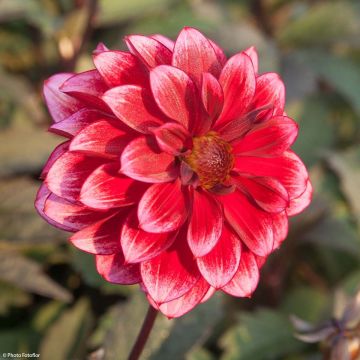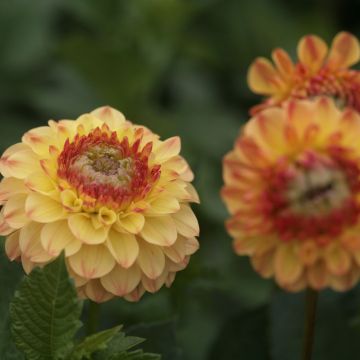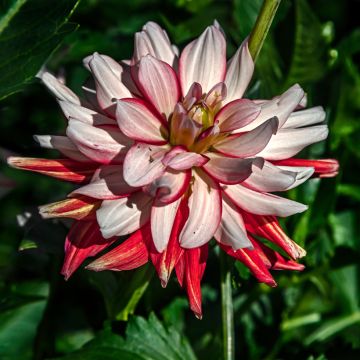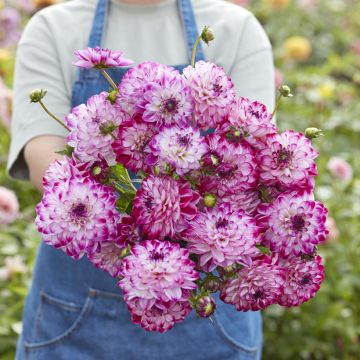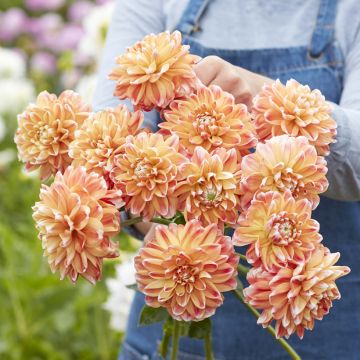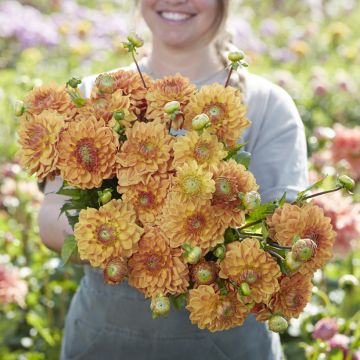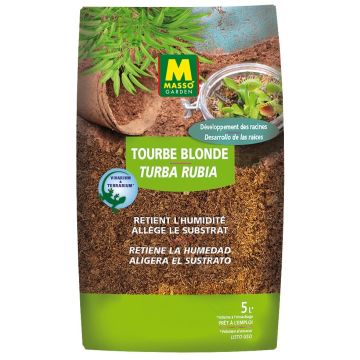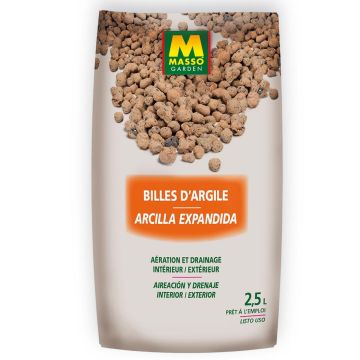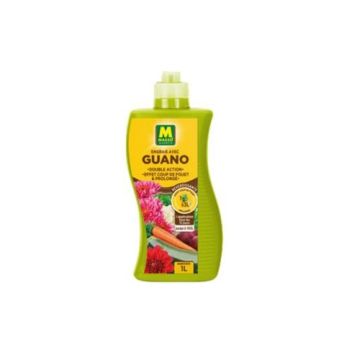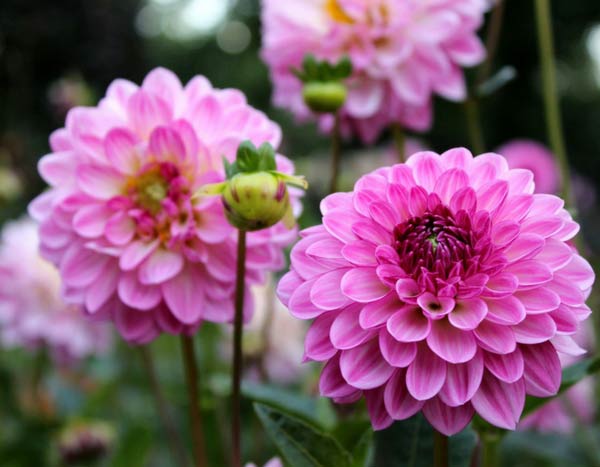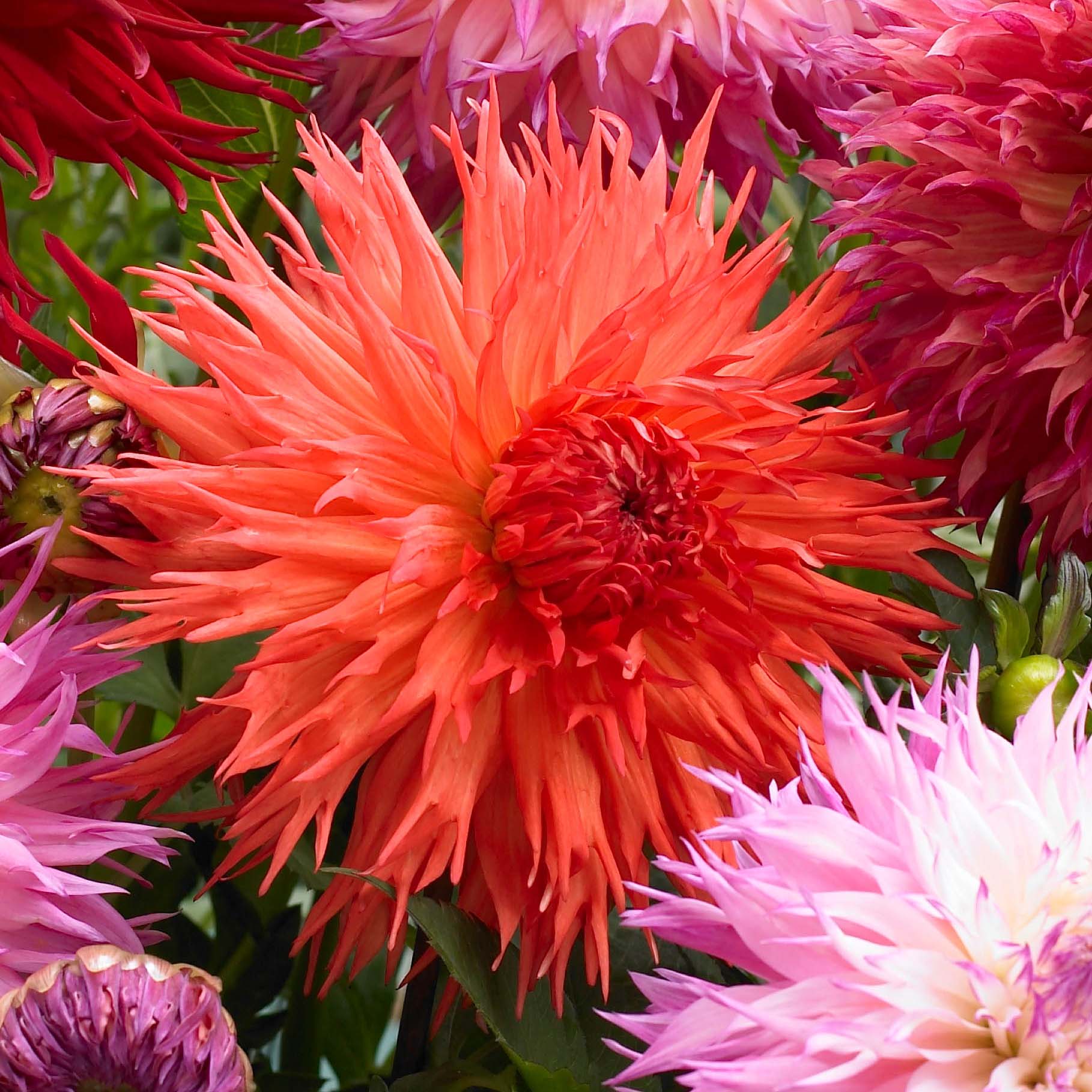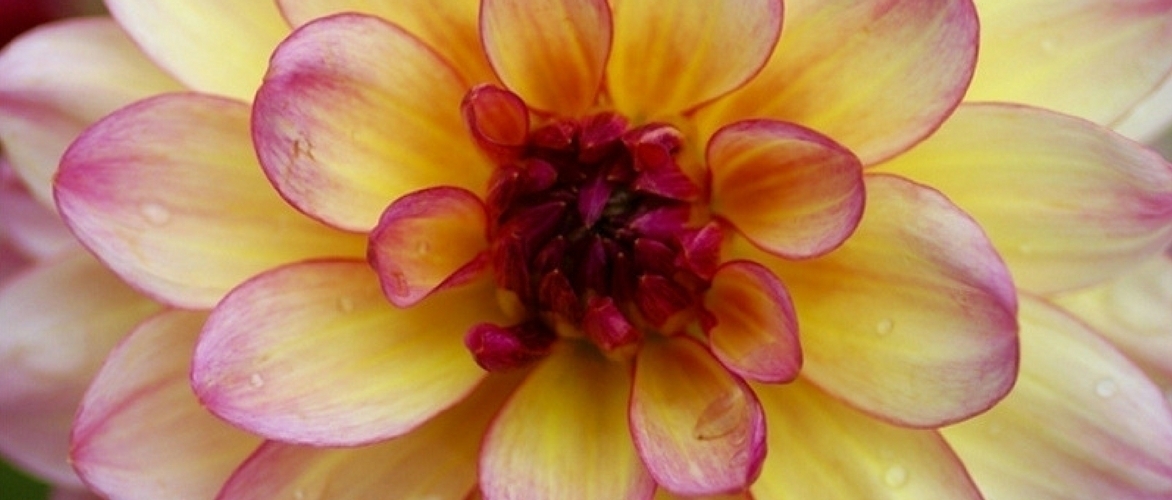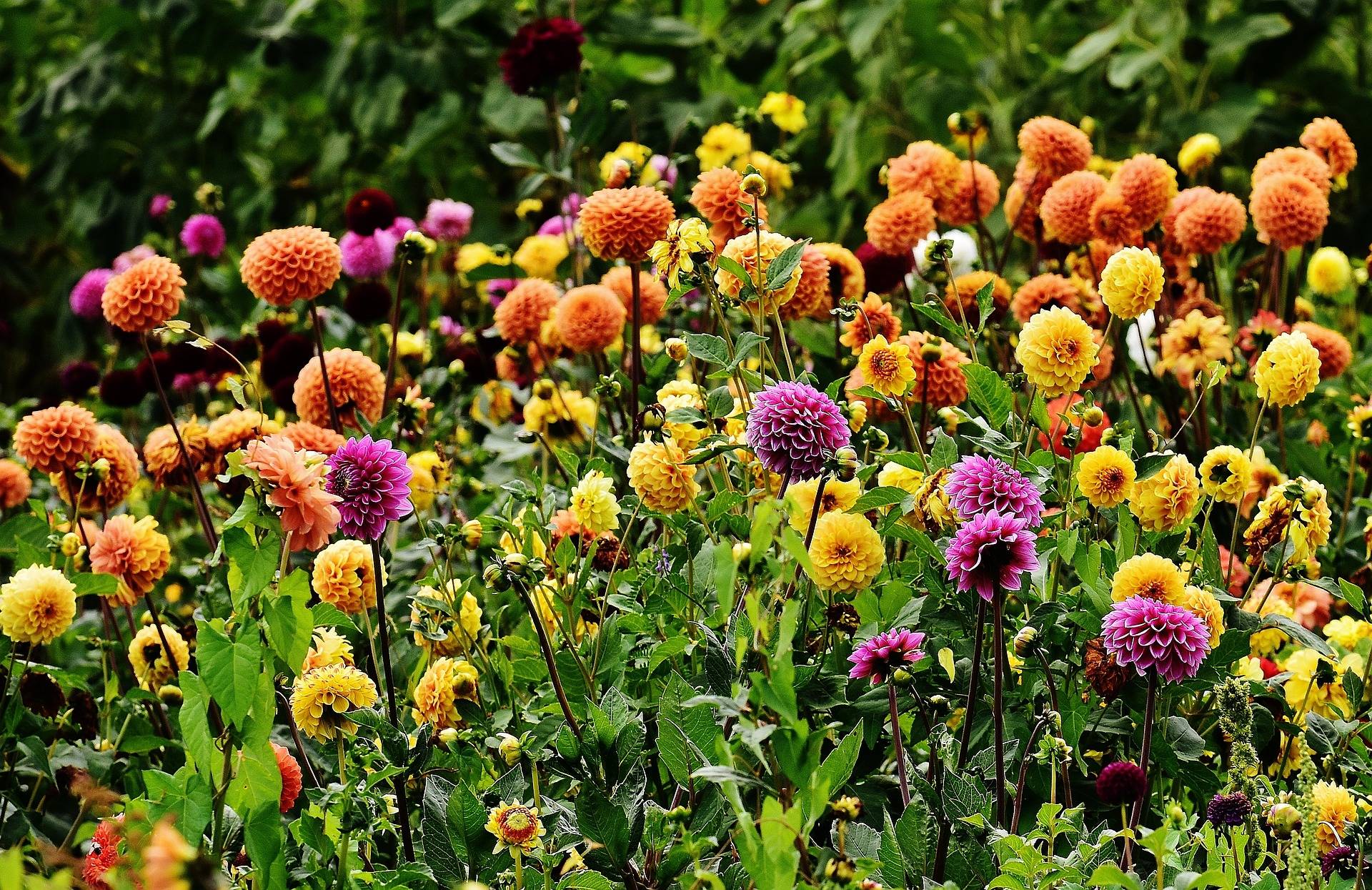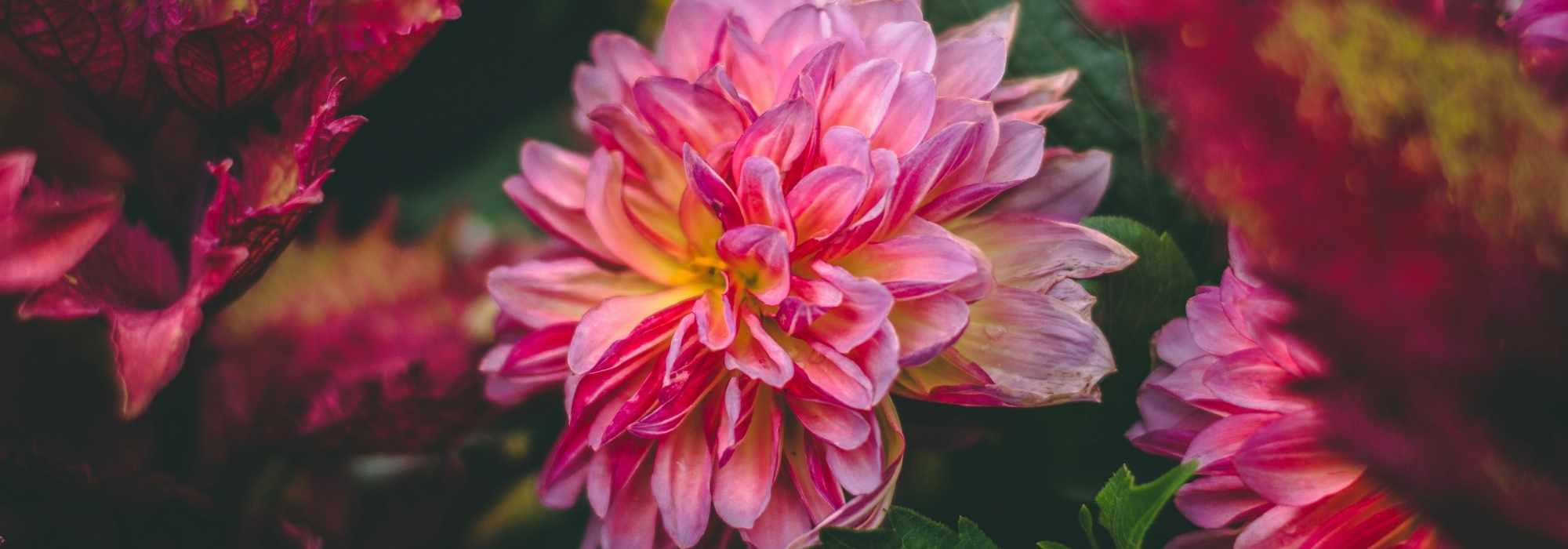

Dahlia Gardenetta Orange
Dahlia Gardenetta Orange
Dahlia Gardenetta Orange
Dwarf Dahlias
Special offer!
Receive a €20 voucher for any order over €90 (excluding delivery costs, credit notes, and plastic-free options)!
1- Add your favorite plants to your cart.
2- Once you have reached €90, confirm your order (you can even choose the delivery date!).
3- As soon as your order is shipped, you will receive an email containing your voucher code, valid for 3 months (90 days).
Your voucher is unique and can only be used once, for any order with a minimum value of €20, excluding delivery costs.
Can be combined with other current offers, non-divisible and non-refundable.
Home or relay delivery (depending on size and destination)
Schedule delivery date,
and select date in basket
This plant carries a 6 months recovery warranty
More information
We guarantee the quality of our plants for a full growing cycle, and will replace at our expense any plant that fails to recover under normal climatic and planting conditions.
Would this plant suit my garden?
Set up your Plantfit profile →
Description
The Dwarf Dahlia Gardenetta® Orange is a compact and floriferous variety, part of the Gardenetta® series, renowned for its large flowers and remarkable tolerance of powdery mildew. This plant stands out with its fully double flowers, formed of regular rows of petals of intense orange, accentuated by a darker centre. Its almost black foliage offers a striking contrast to the brightness of its flowers. Suitable for borders, the front of flowerbeds, and containers, this Dahlia is a versatile and aesthetic choice for the garden.
Native to the Mexican highlands, the Dahlia genusbelongs to the Asteraceae family and now includes thousands of hybrid varieties. The Dwarf Dahlia Gardenetta Orange is a compact plant that reaches 30 to 45 cm in height and 25 to 30 cm in width. It has an upright habit which does not require staking. The well-formed double flowers are formed of numerous imbricated petals. The heads take the form of large, full, double corollas, made up of numerous imbricated petals, in a bright orange tone, with a deeper shade marking the centre. The well-branched and sturdy stems perfectly support the flowers while the opposite and divided foliage is split into 3 to 5 denticulate lobes. The dark green tinged latter with purplish brown, almost black, enhance the sophisticated character of the plant. The flowering period spans from July to October.
Undemanding, this Dahlia thrives in sunny locations, in rich, fresh, and well-drained soil. To encourage continuous flowering, it is advisable to regularly remove faded flowers.
The Dwarf Dahlia Gardenetta Orange pairs ideally with plants in complementary or contrasting tones. Choose light and graceful perennials and annuals such as coneflowers, Gaura lindheimeri, Cosmos, or even Verbena bonariensis, which bring subtle contrasts in shape and texture. For a more structured effect, consider pairing it with grasses such as Pennisetum villosum or Stipa tenuissima, which will add movement and softness to the display. For subtle contrasts, accompany it with silver foliage such as that of Artemisias or Helichrysum italicum.
Note: Please be aware, our plug plants are professional products reserved for experienced gardeners: upon receipt, transplant and store them under cover (veranda, greenhouse, cold frame...) at a temperature above 14°C for a few weeks before planting them outdoors once the risk of frosts has completely passed.
Flowering
Foliage
Plant habit
Botanical data
Dahlia
Gardenetta Orange
Asteraceae
Dwarf Dahlias
Cultivar or hybrid
Other Dahlias
View all →Planting and care
The Dahlia Gardenetta Orange is easy to grow in all regions. For generous flowering, it is good to follow a few simple rules: plant it in full sun after the last frosts, in rich, cool, and well-drained soil. Stagnant moisture, however, would encourage root rot. Do not hesitate to add compost and sand to the soil if needed. Work the soil deeply and enrich it for example with crushed horn or dried blood. Once planted, water thoroughly once and then continue watering regularly for the first 6 weeks to aid rooting.
Dahlias are sensitive to cold and need to be overwintered. In November, the first frosts cause the foliage to blacken, which is the time to lift them. Carefully dig up the tubercles. Remove as much soil as possible. Allow the foliage to dry so that the tubercles can replenish their reserves. Then cut the stems to 10 cm. Spread your bulbs in a crate on newspaper. Store them in a frost-free, dry, cool, and dark place, such as a frost-free garage or attic. In southern European cosstal regions where there are only a few frosty days per year, it is possible to leave them in place. In this case, simply cover the soil with a layer of leaves or straw as protection.
Planting period
Intended location
Care
Planting & care advice
This item has not been reviewed yet - be the first to leave a review about it.
Haven't found what you were looking for?
Hardiness is the lowest winter temperature a plant can endure without suffering serious damage or even dying. However, hardiness is affected by location (a sheltered area, such as a patio), protection (winter cover) and soil type (hardiness is improved by well-drained soil).

Photo Sharing Terms & Conditions
In order to encourage gardeners to interact and share their experiences, Promesse de fleurs offers various media enabling content to be uploaded onto its Site - in particular via the ‘Photo sharing’ module.
The User agrees to refrain from:
- Posting any content that is illegal, prejudicial, insulting, racist, inciteful to hatred, revisionist, contrary to public decency, that infringes on privacy or on the privacy rights of third parties, in particular the publicity rights of persons and goods, intellectual property rights, or the right to privacy.
- Submitting content on behalf of a third party;
- Impersonate the identity of a third party and/or publish any personal information about a third party;
In general, the User undertakes to refrain from any unethical behaviour.
All Content (in particular text, comments, files, images, photos, videos, creative works, etc.), which may be subject to property or intellectual property rights, image or other private rights, shall remain the property of the User, subject to the limited rights granted by the terms of the licence granted by Promesse de fleurs as stated below. Users are at liberty to publish or not to publish such Content on the Site, notably via the ‘Photo Sharing’ facility, and accept that this Content shall be made public and freely accessible, notably on the Internet.
Users further acknowledge, undertake to have ,and guarantee that they hold all necessary rights and permissions to publish such material on the Site, in particular with regard to the legislation in force pertaining to any privacy, property, intellectual property, image, or contractual rights, or rights of any other nature. By publishing such Content on the Site, Users acknowledge accepting full liability as publishers of the Content within the meaning of the law, and grant Promesse de fleurs, free of charge, an inclusive, worldwide licence for the said Content for the entire duration of its publication, including all reproduction, representation, up/downloading, displaying, performing, transmission, and storage rights.
Users also grant permission for their name to be linked to the Content and accept that this link may not always be made available.
By engaging in posting material, Users consent to their Content becoming automatically accessible on the Internet, in particular on other sites and/or blogs and/or web pages of the Promesse de fleurs site, including in particular social pages and the Promesse de fleurs catalogue.
Users may secure the removal of entrusted content free of charge by issuing a simple request via our contact form.
The flowering period indicated on our website applies to countries and regions located in USDA zone 8 (France, the United Kingdom, Ireland, the Netherlands, etc.)
It will vary according to where you live:
- In zones 9 to 10 (Italy, Spain, Greece, etc.), flowering will occur about 2 to 4 weeks earlier.
- In zones 6 to 7 (Germany, Poland, Slovenia, and lower mountainous regions), flowering will be delayed by 2 to 3 weeks.
- In zone 5 (Central Europe, Scandinavia), blooming will be delayed by 3 to 5 weeks.
In temperate climates, pruning of spring-flowering shrubs (forsythia, spireas, etc.) should be done just after flowering.
Pruning of summer-flowering shrubs (Indian Lilac, Perovskia, etc.) can be done in winter or spring.
In cold regions as well as with frost-sensitive plants, avoid pruning too early when severe frosts may still occur.
The planting period indicated on our website applies to countries and regions located in USDA zone 8 (France, United Kingdom, Ireland, Netherlands).
It will vary according to where you live:
- In Mediterranean zones (Marseille, Madrid, Milan, etc.), autumn and winter are the best planting periods.
- In continental zones (Strasbourg, Munich, Vienna, etc.), delay planting by 2 to 3 weeks in spring and bring it forward by 2 to 4 weeks in autumn.
- In mountainous regions (the Alps, Pyrenees, Carpathians, etc.), it is best to plant in late spring (May-June) or late summer (August-September).
The harvesting period indicated on our website applies to countries and regions in USDA zone 8 (France, England, Ireland, the Netherlands).
In colder areas (Scandinavia, Poland, Austria...) fruit and vegetable harvests are likely to be delayed by 3-4 weeks.
In warmer areas (Italy, Spain, Greece, etc.), harvesting will probably take place earlier, depending on weather conditions.
The sowing periods indicated on our website apply to countries and regions within USDA Zone 8 (France, UK, Ireland, Netherlands).
In colder areas (Scandinavia, Poland, Austria...), delay any outdoor sowing by 3-4 weeks, or sow under glass.
In warmer climes (Italy, Spain, Greece, etc.), bring outdoor sowing forward by a few weeks.
































